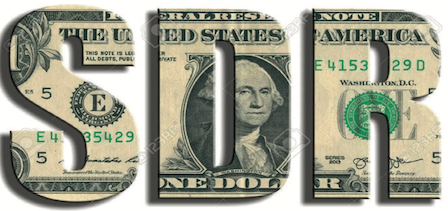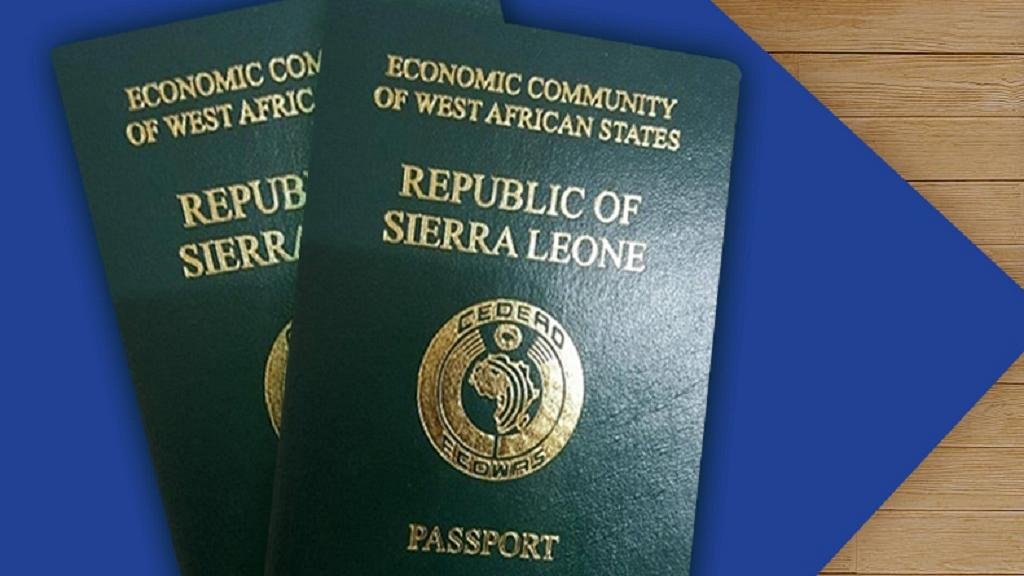What's Special Drawing Rights (SDR)?
 Special Drawing Right
Special Drawing Right
The SDR is an international reserve asset, created by the IMF in 1969 to supplement its member countries official reserves. To date, a total ofSDR 660.7 billion (equivalent to about US$943 billion) have been allocated. This includes the largest-ever allocation of about SDR 456 billion approved on August 2, 2021 (effective on August 23, 2021). This most recent allocation was to address the long-term global need for reserves, and help countries cope with the impact of the COVID-19 pandemic. The value of the SDR is based on a basket of five currencies-the U.S. dollar, the euro, the Chinese renminbi, the Japanese yen, and the British pound sterling.
The role of the SDR
The SDR was created as a supplementary international reserve asset in the context of the Bretton Woods fixed exchange rate system. The collapse of the Bretton Woods system in 1973 and the shift of major currencies to floating exchange rate regimes lessened the reliance on the SDR as a global reserve asset. Nonetheless, SDR allocations can play a role in providing liquidity and supplementing member countries official reserves, as was the case amid the global financial crisis.
The SDR serves as the unit of account of the IMF and other international organizations.
The SDR is neither a currency nor a claim on the IME. Rather, it is a potential claim on the freely usable currencies of IMF members. SDRs can be exchanged for these currencies.
A basket of currencies determines the value of the SDR
SDR VALUE
The SDR value in terms of the U.S. dollar is determined daily based on the spot exchange rates observed at around noon London time, and is posted on the IMF website.
The SDR was initially defined as equivalent to 0.888671 grams of fine gold-which, at the time, was also equivalent to one U.S. dollar. After the collapse of the Bretton Woods system, the SDR was redefined as a basket of currencies.
Currencies included in the SDR basket have to meet two criteria: the export criterion and the freely usable criterion. A currency meets the export criterion if its issuer is an IMF member or a monetary union that includes IMF members, and is also one of the top five world exporters. For a currency to be determined 'freely usable' by the IME, it has to be widely used to make payments for international transactions and widely traded in the principal exchange markets. Freely usable currencies can be used in Fund financial transactions.
The SDR basket is reviewed every five years, or earlier if warranted, to ensure that the basket reflects the relative importance of currencies in the world's trading and financial systems. The reviews cover the key elements of the SDR method of valuation, including criteria and indicators used in selecting SDR basket currencies and the initial currency weights used in determining the amounts (number of units) of each currency in the SDR basket.
These currency amounts remain fixed over the five-year SDR valuation period but the actual weights of currencies in the basket fluctuate as cross-exchange rates among the basket currencies move. The value of the SDR is determined daily based on market exchange rates. The reviews are also used to assess the appropriateness of the financial instruments comprising the SDR interest rate (SDRi) basket.
IMF Special Drawing Right (SDR) Valuation Re-view: Questions and Answer.
What is the importance of the SDR valuation review that was concluded by the IME's Executive Board on May 11, 2022? Can you clarify the process?
- This is the IMF Executive Board's regular quinquennial review of the method of valuation of the basket of currencies that make up the Special Drawing Rights (SDR). The review was delayed by about a year, in an effort to prioritize work during the COVID-19 crisis and allow for a more suitable effectiveness date for the new basket. The review covers the composition and weighting of the SDR currency basket. It also reviews the financial instruments used to determine the SDR interest rate. The SDR valuation review ensures that the currencies in the SDR basket, and their corresponding weights, reflect the importance of these currencies in the world's trading and financial system.
- The currencies in the basket maintain the same ranking of the weights set in the 2015 review, with slightly higher weights for the U.S. dollar and the Chinese renminbi and, accordingly, somewhat lower weights for the British pound, the euro, and the Japanese yen. The SDR valuation review does not affect members' quotas in the Fund.
What are the main findings and outcomes of the review?
- In the five-year period for this review (2017-21), developments in key variables relevant for the SDR valuation suggest that there have been no major changes in the roles of currencies in the world economy. The countries and the currency union (euro area whose..
17-11-2024



